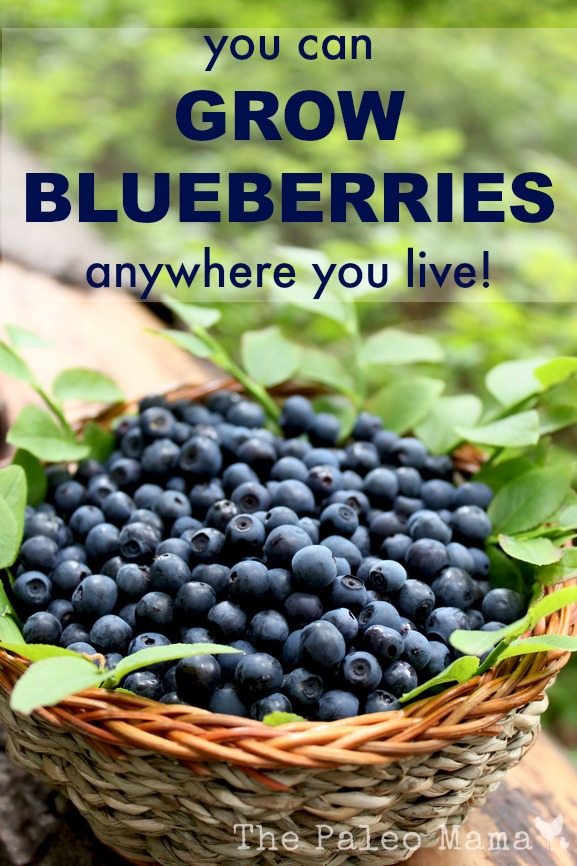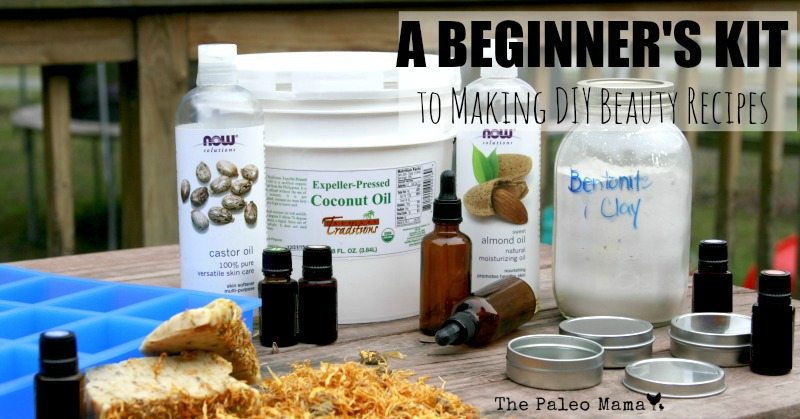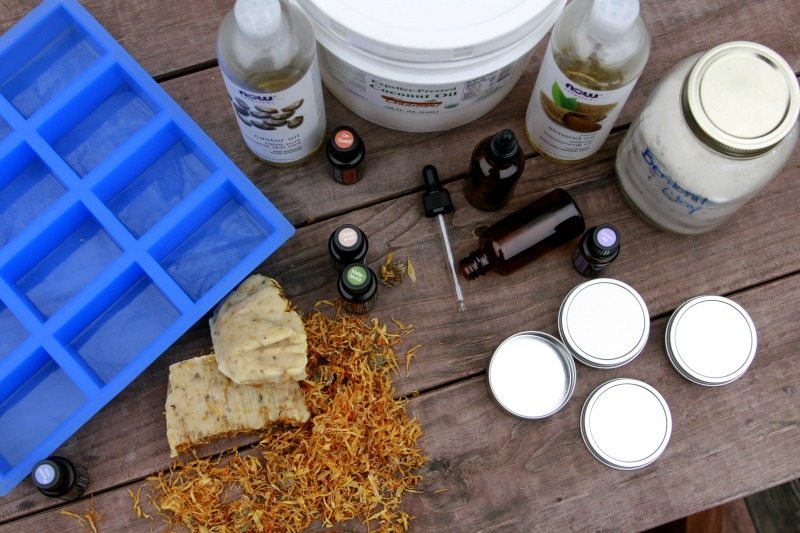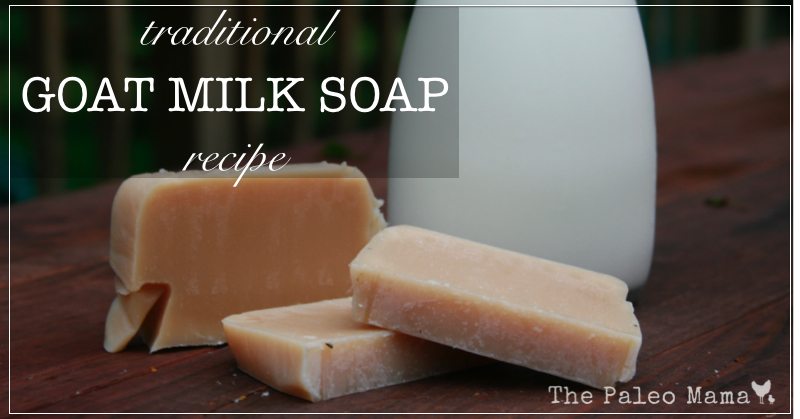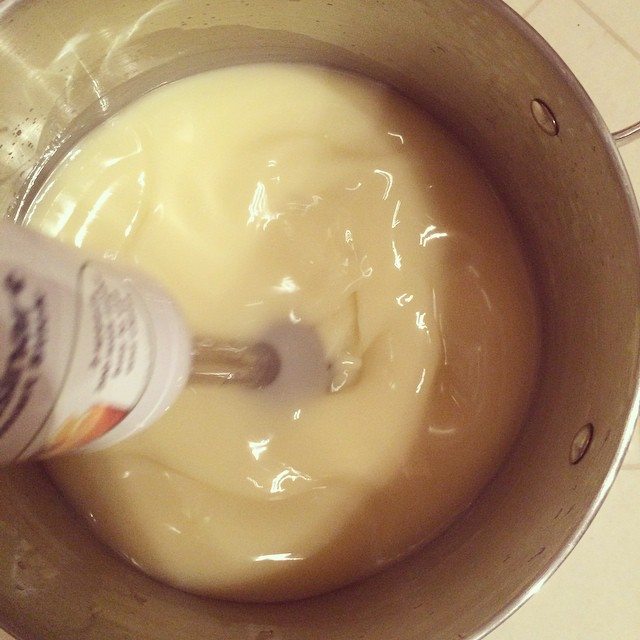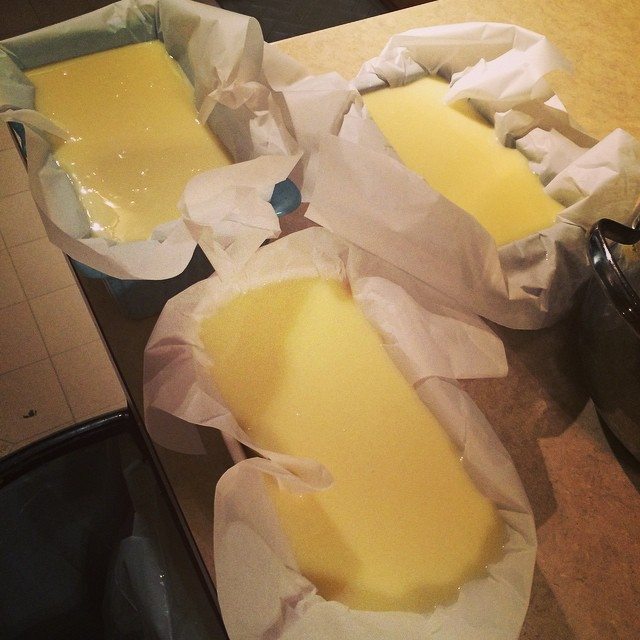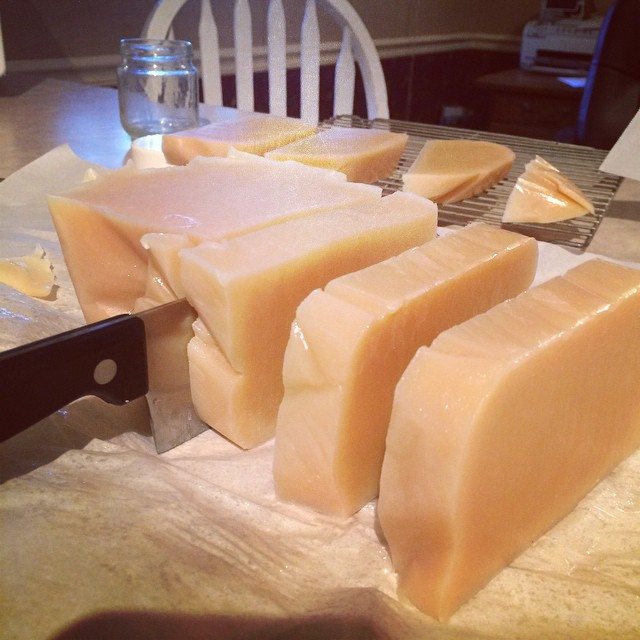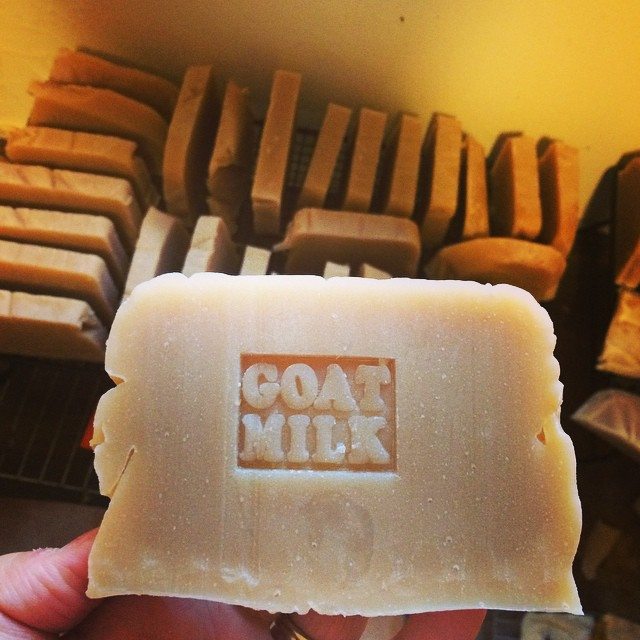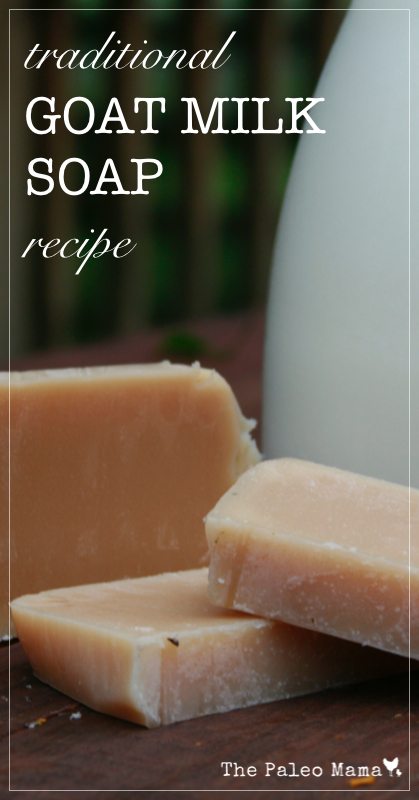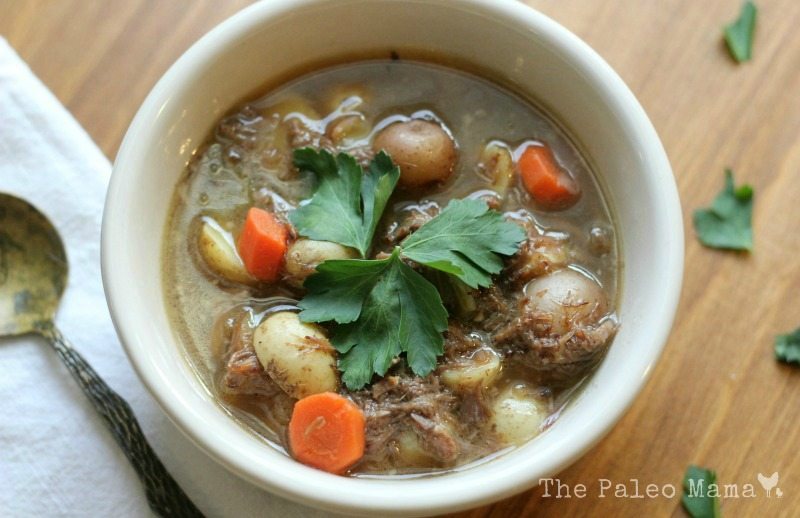
Do you know that cattle have boney tails? It’s true. Do you also know that those boney tails contain delicious, marbley chunks of meat that can be used to create one killer pot of soup? Also true!

Oxtail Soup
- 3-4 lbs. Oxtail (Beef Tail) or Roast
- 1 Medium Onion
- 8 Carrots
- 6 Stalks of Celery
- 4 Cups Diced Potatoes (I used Yukon Gold & Red, but you can use any kind including Sweet Potatoes)
- 2 Bay Leaves
- 4 Sprigs of Parsely
- 2 Tbs. Butter
- 4 Tbs. Ghee, Coconut Oil or Tallow-melted
- 8-10 Cups Beef Broth (see my recipe)
- 12 Oz. Dark Beer
- Salt & Pepper
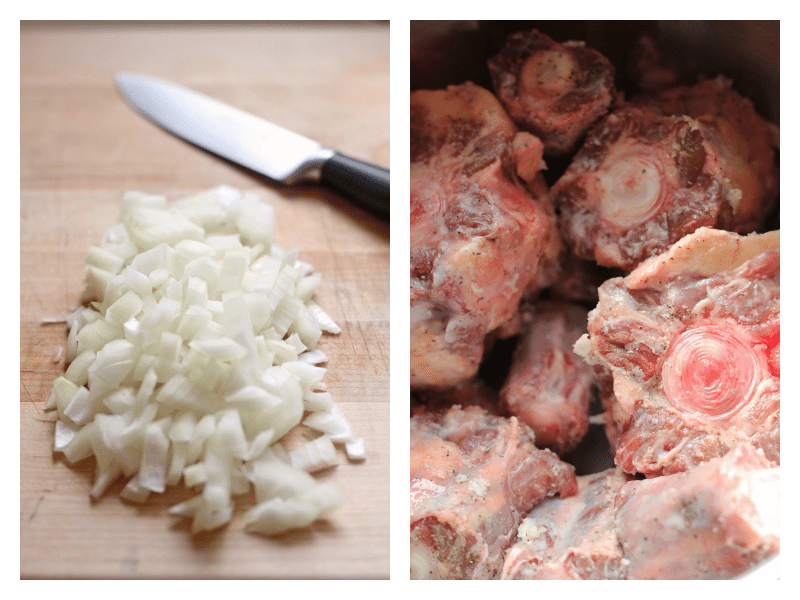

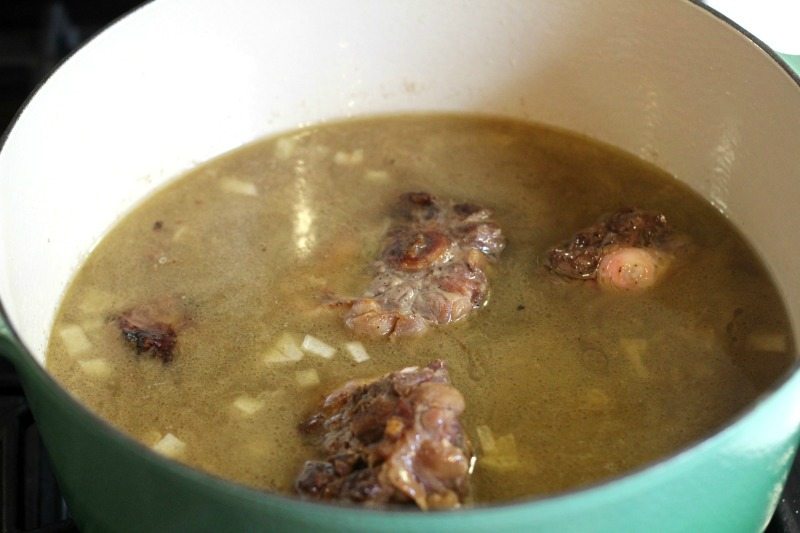
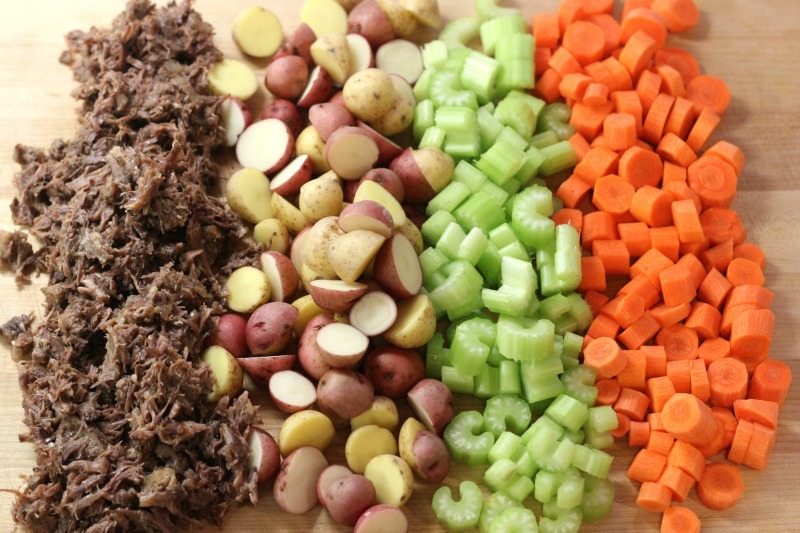
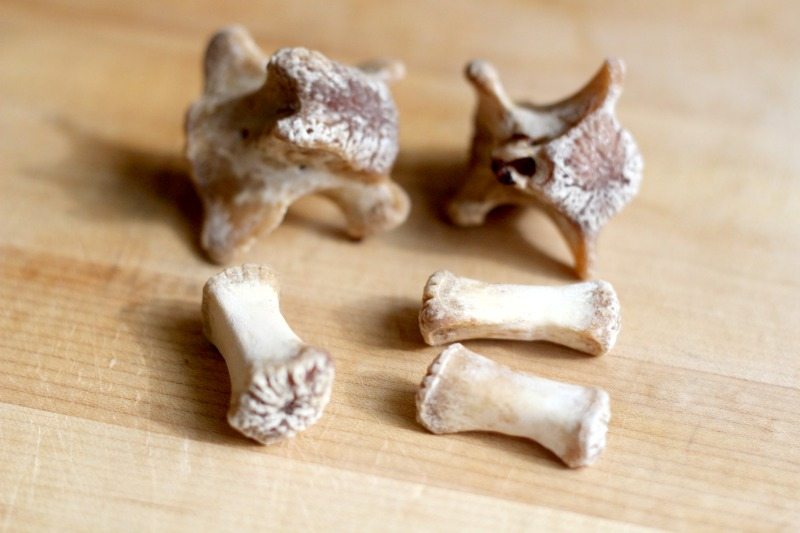
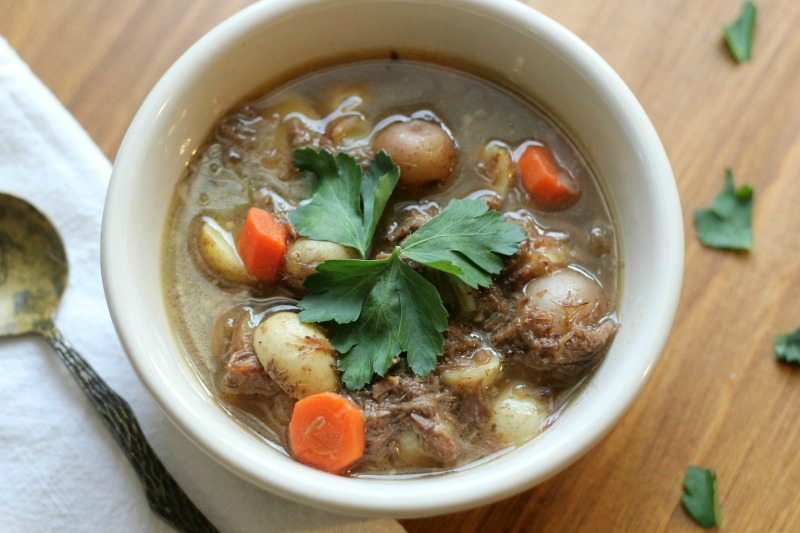
 Ashley Crowe is a wife, mama, farmer and blogger at Crowe About Farm. She and her husband raise grass-fed beef and pastured chickens, turkeys, ducks and eggs. She is also taming her first milk cow.
Ashley Crowe is a wife, mama, farmer and blogger at Crowe About Farm. She and her husband raise grass-fed beef and pastured chickens, turkeys, ducks and eggs. She is also taming her first milk cow. 


 Sally Olson is a homesteader, writer, wife, homeschool mom, and an idealist. She blogs to encourage others to pursue their homestead-DIY-healthy living dreams. All her posts are gluten-free at
Sally Olson is a homesteader, writer, wife, homeschool mom, and an idealist. She blogs to encourage others to pursue their homestead-DIY-healthy living dreams. All her posts are gluten-free at 